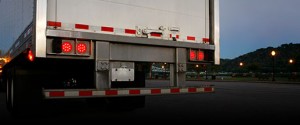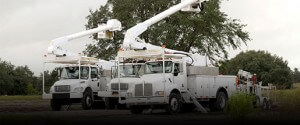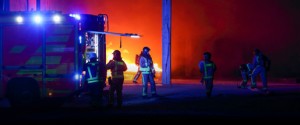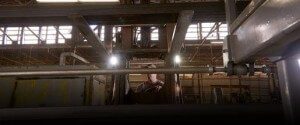Electrical Connections
- Trailer Connectors keyboard_arrow_right
- Air Products keyboard_arrow_right
- Terminals & Connectors keyboard_arrow_right
- Wire & Cable keyboard_arrow_right
- Support & Protective keyboard_arrow_right
- Switches & Electrical Assemblies keyboard_arrow_right
- Battery Connectors & Cables keyboard_arrow_right
- Kits & Tools keyboard_arrow_right
Company
- Company Profile keyboard_arrow_right
- Careers keyboard_arrow_right
- Case Studies keyboard_arrow_right
- Contact Us keyboard_arrow_right
- Media Center keyboard_arrow_right
- Grote News keyboard_arrow_right
- Trade Shows & Events keyboard_arrow_right
- Quality keyboard_arrow_right
- Star Safety Technologies by Grote keyboard_arrow_right
Tech Support & Information
Customer Information
SAE Standards & Certifications
What You Need to Know and Why
There are 2 Primary SAE Certifications to be aware of:
SAE J845 – Omnidirectional Optical Warning Device
A flashing optical warning device that projects light in a horizontal 360 degree arc and vertically from 5 degrees up to 5 degrees down.
It will appear to project flashes of light to an observer positioned at a fixed location. The flashes of light may be a repetitive signal or a non-repetitive signal. If a non-repetitive signal is used it shall be a block of repetitive signals that have been characterized. This would include all 360° beacons.
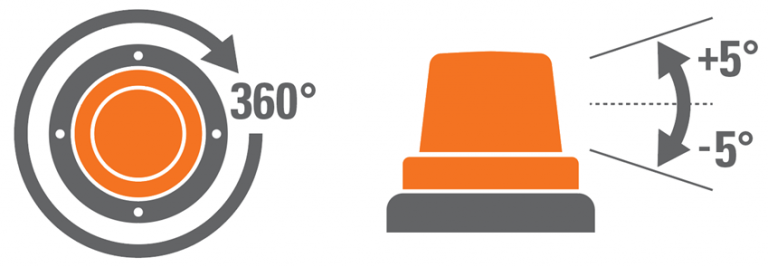
SAE J595 – Directional Flashing Optical Warning Device
A flashing optical warning device, in which the light source produces flashes of light, which is directionally aimed and will project a signal over a minimum area from 20° right to 20° left in a horizontal plane and from 10° up to 10° down in a vertical plane. The flashes of light may be a repetitive signal or a non-repetitive signal. If a non-repetitive signal is used it shall be a block of repetitive signals that have been characterized.
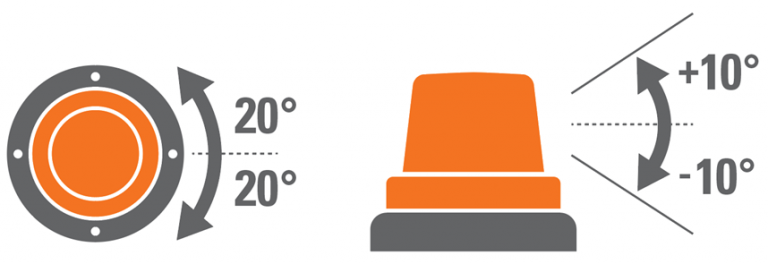
CLASS I, II, III
Which is to be used and where?
Class I Optical Warning Devices
Primary optical warning devices for use on authorized emergency vehicles responding to emergency situations. These devices are utilized to capture the attention of motorists and pedestrians and warn of a potentially hazardous activity or situation.
Typical Usage
Fire, Police, Ambulance and Rescue vehicles – Authorized vehicles that travel faster than the speed of traffic
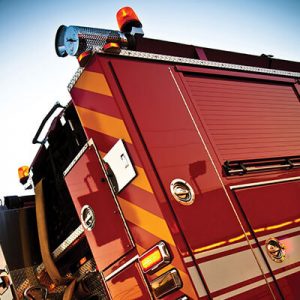
Class II Optical Warning Devices
Primary optical warning devices for use on authorized maintenance or service vehicles to warn of traffic hazards such as a lane blockage or slow moving vehicle.
Typical Usage
Utility, Roadside Assist vehicles, construction vehicles – Over the road vehicles traveling at the speed of traffic or stopped at the side of the road.

Class III Optical Warning Devices
Primary optical warning devices for use on vehicles authorized to display an optical warning device for identification only.
Typical Usage
Forklifts, yard work machines


